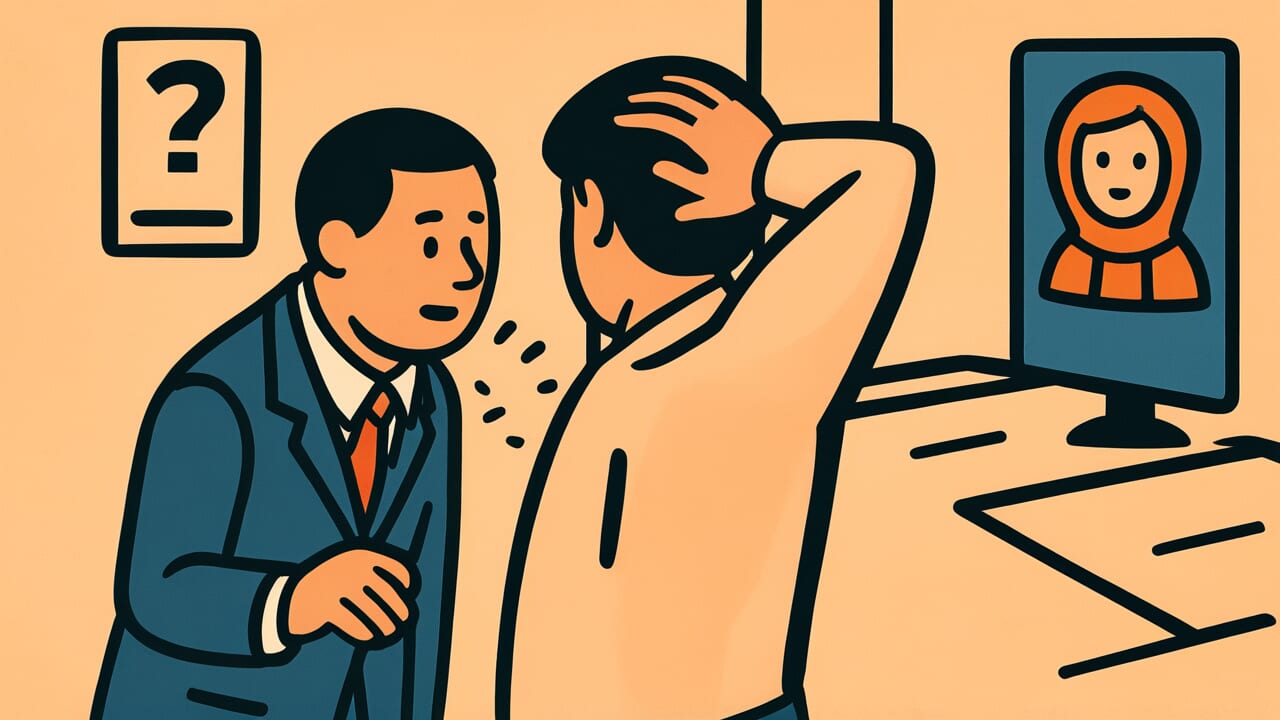How to Read “Push down the head and the tail rises”
Atama osaerya shiri agaru
Meaning of “Push down the head and the tail rises”
“Push down the head and the tail rises” means that when you suppress one side, problems arise on the other side.
When you put effort into solving one problem, a new problem pops up somewhere else. This describes that frustrating situation.
This proverb teaches us how difficult balance can be. For example, if you focus too hard on cutting costs, quality drops.
Or when you enforce rules too strictly, resistance appears elsewhere. Focusing on just one element doesn’t solve the whole problem.
We still see this phenomenon today in workplaces, homes, and society. This proverb reminds us that problem-solving requires looking at the big picture.
Origin and Etymology
No clear written records explain the origin of this proverb. However, we can make interesting observations from its structure.
The expression contrasts “head” and “tail,” the two ends of the body. This is a common technique in Japanese for showing balance or opposition.
Pushing down the head represents trying to control something. Then the tail rises up, meaning the opposite end lifts.
This expression likely came from physical phenomena people experienced in daily life. Imagine pressing down one end of a long board or stick.
The other end jumps up. It’s like a seesaw movement. These familiar experiences became metaphors for explaining complex social problems.
During the Edo period, common people created many expressions using body parts. They didn’t explain difficult theories.
Instead, they used phenomena everyone could see to convey life’s truths. That’s the characteristic of Japanese proverbs.
This proverb was nurtured within that tradition.
Usage Examples
- We pushed budget cuts and talented people left the company. It was truly “push down the head and the tail rises.”
- I made my child’s curfew stricter and they started lying. This is exactly “push down the head and the tail rises.”
Universal Wisdom
The proverb “Push down the head and the tail rises” offers deep insight into the world’s complexity and human limitations.
We humans have a strong desire to solve problems right in front of us. When something goes wrong, we focus on that part and pour our energy into it.
But the world isn’t built on simple cause and effect. Everything is connected and influences everything else. Change one thing and something else must change too.
This proverb has been passed down because humans keep making the same mistakes. We only see problems partially.
We try to suppress only the visible symptoms. Then we’re surprised by unexpected results. This pattern repeats endlessly.
Our ancestors understood this human nature. They knew we can’t achieve perfect control. Press down one thing and another moves.
That’s the essence of the world and the truth of human society. This proverb contains the importance of humility.
Without eyes that see the whole picture, we can’t reach true solutions. This wisdom continues speaking to us across time.
When AI Hears This
In systems thinking, when you push hard on one point to solve a problem, unexpected effects always appear elsewhere. This is called “system pushback.”
For example, when a company drastically cuts staff in one department to reduce labor costs, that department’s burden increases and quality drops.
As a result, the complaint handling department’s workload surges. You pushed down the head but the tail rose up.
Donella Meadows called such interventions “low leverage points in a system” in her book. She warned they’re not just ineffective but counterproductive.
What’s interesting is how accurate this proverb’s body model is. The human body is a complex system with about 200 bones and 600 muscles working together.
Fix one spot and compensatory movement must occur elsewhere. This is exactly “freedom of movement shifting under constraints” in engineering terms.
Modern failure examples are countless. Expand roads to ease traffic congestion and induced demand brings more cars.
A few years later, even worse congestion appears. As long as you manipulate just one point without changing the system’s overall structure, problems keep appearing in different forms elsewhere.
Japanese people intuitively understood this universal truth from the motion of pressing down a cat.
Lessons for Today
This proverb teaches modern people the importance of “eyes that see the whole picture.”
Modern society is complex and all problems are intertwined. At work or at home, when you address just one issue, new problems emerge unexpectedly.
What matters is the attitude of trying to understand not just the symptoms in front of you, but the entire underlying structure.
For example, when promoting efficiency at work, chasing only numbers can destroy human relationships. Being too strict in parenting can push children’s hearts away.
Rather than forcing one correct answer, we need flexibility to adjust the whole while maintaining balance.
Real solutions begin when we admit perfect control is impossible. When you face a problem, remember this proverb.
Don’t press down. Look at the overall flow and seek harmony. That attitude is the path to sustainable solutions.



Comments